trending topics
market reports
-
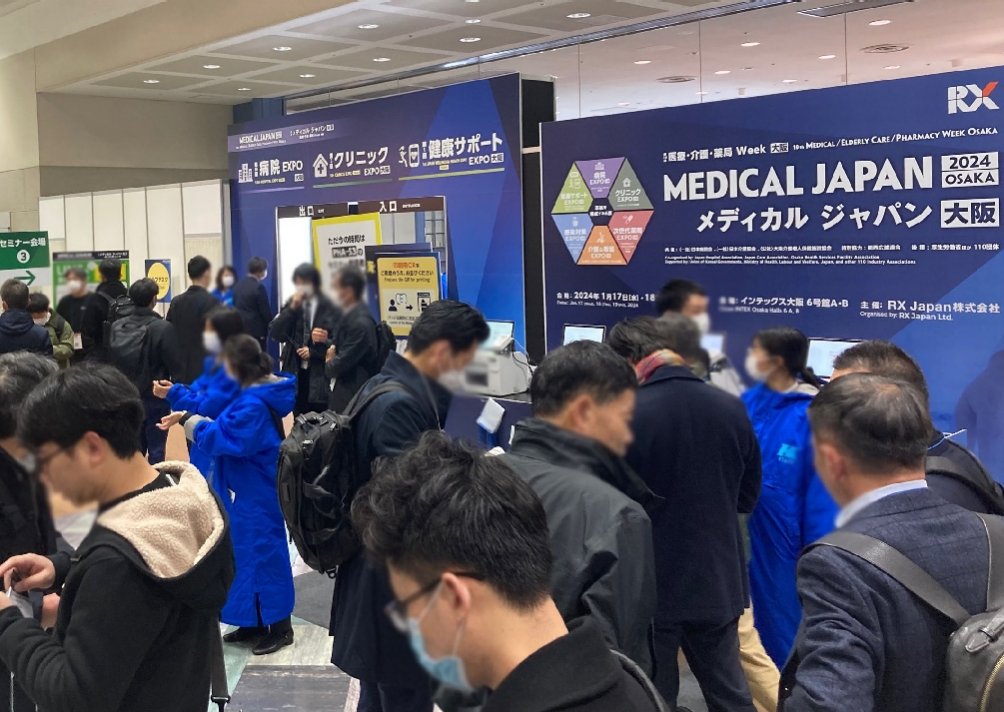
MEDICAL JAPAN 2025 OSAKA Returns to Showcase Global Innovations
2025-02-17
-
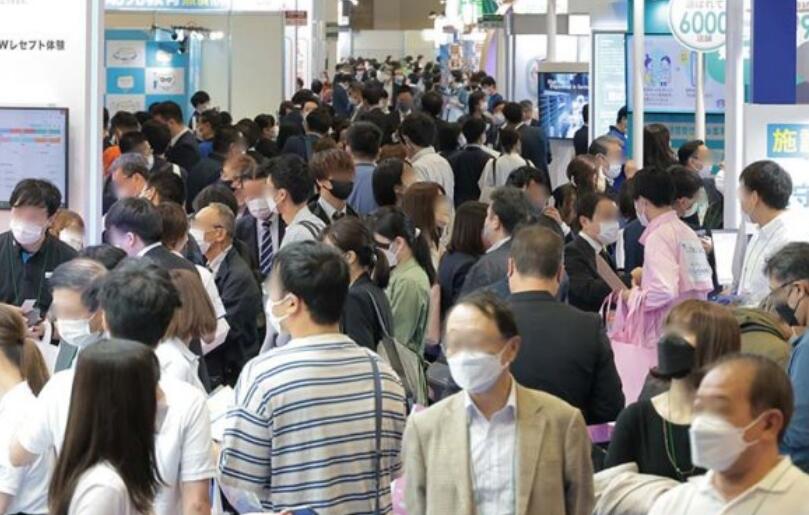
Visit MEDICAL JAPAN 2023 TOKYO and take full advantage of the business opportunities!
2023-09-01
-
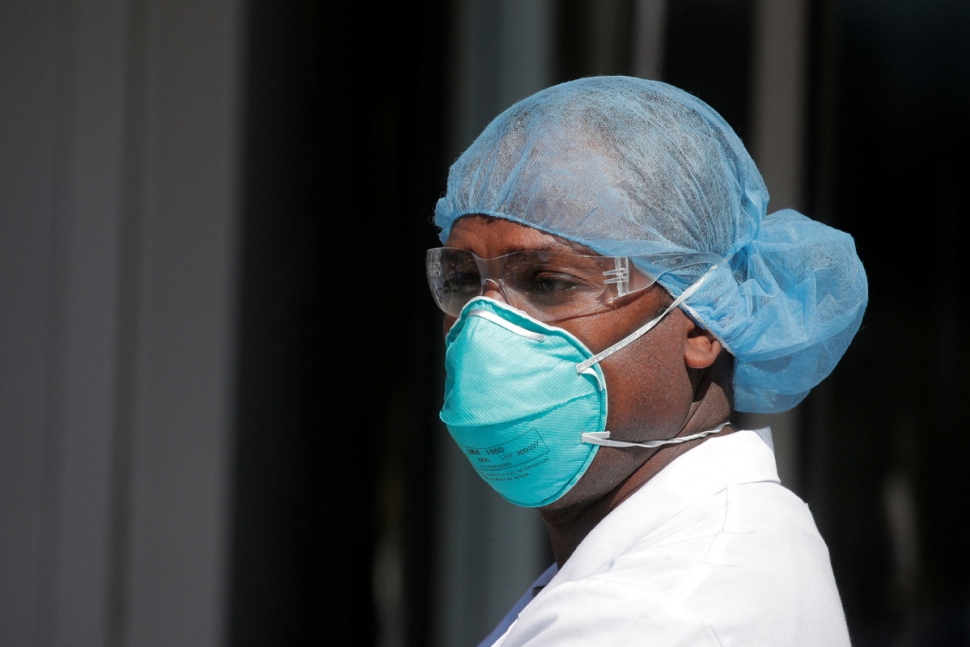
US to distribute 400 million free N95 masks at CVS, Walgreens in COVID fight
2022-01-21
-
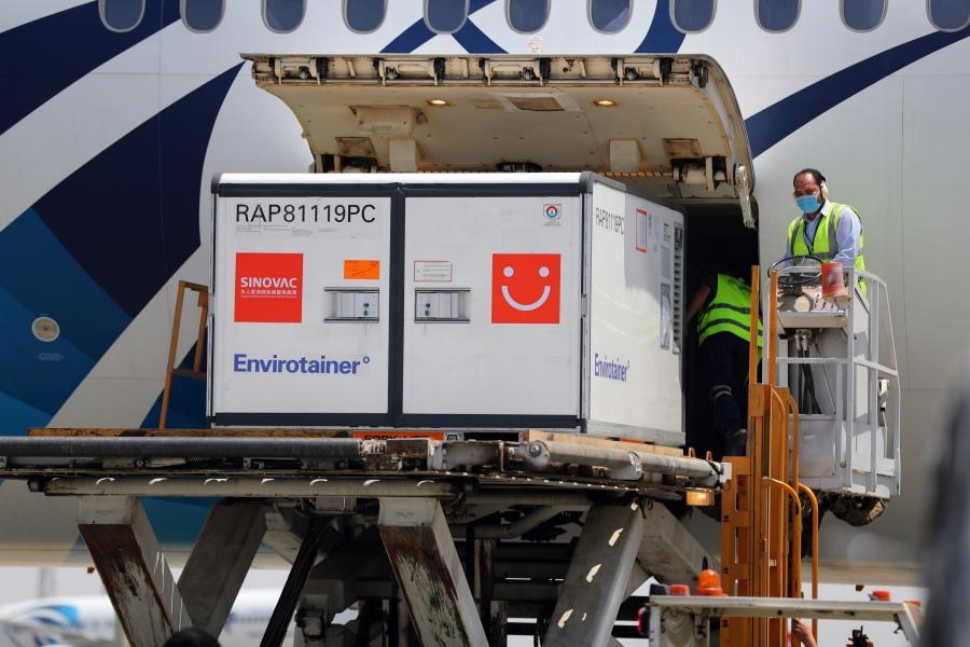
Ethiopia receives additional 2.2 mln doses of Chinese-donated COVID-19 vaccines
2022-01-21
-
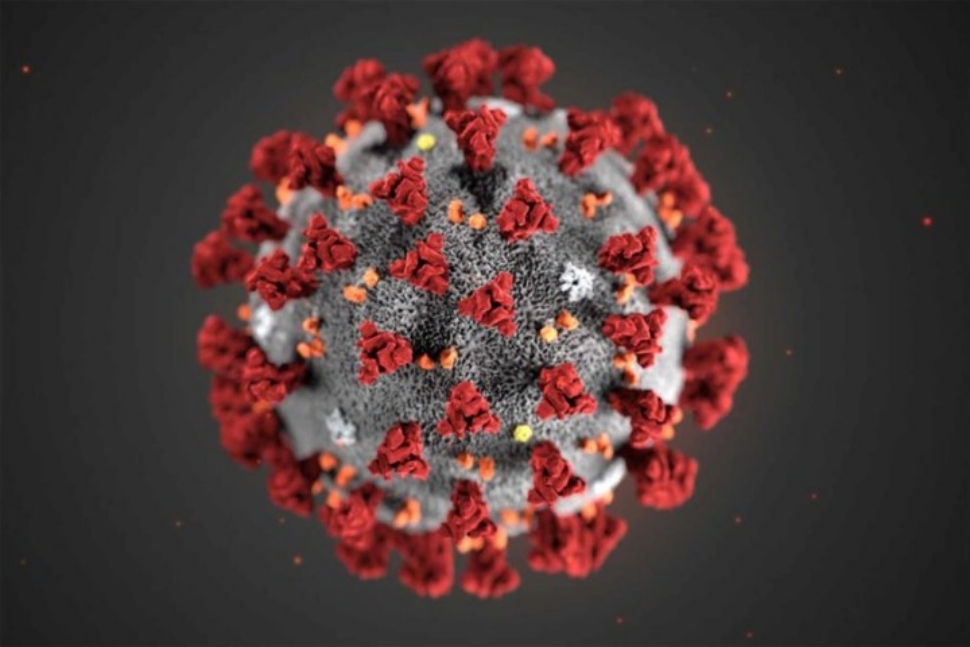
Hong Kong researchers say they develop novel material able to kill COVID-19 virus
2022-01-14
-
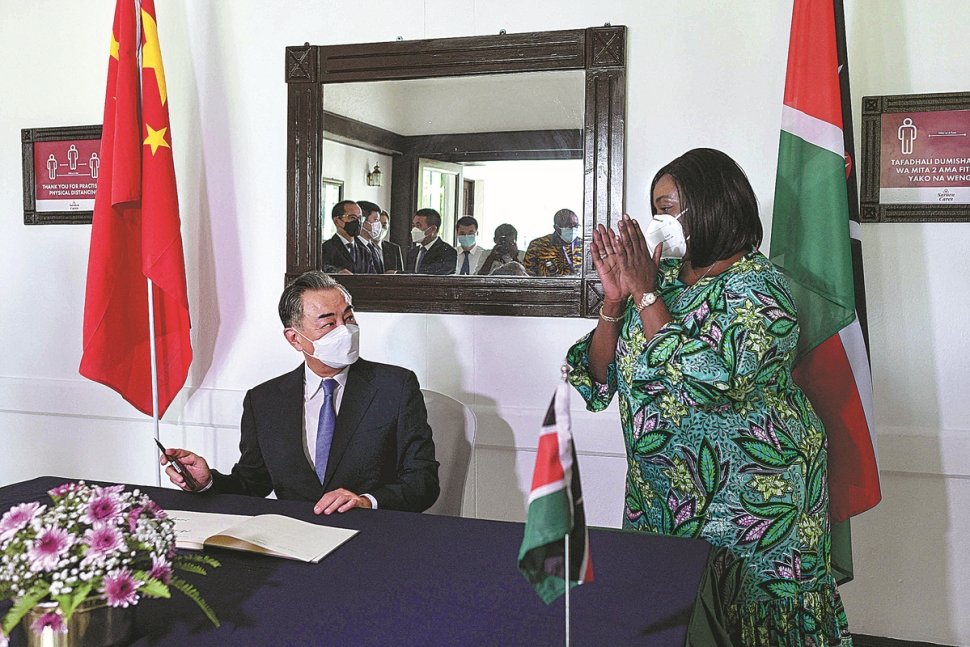
10 million more Chinese doses on way for Kenya
2022-01-14
-
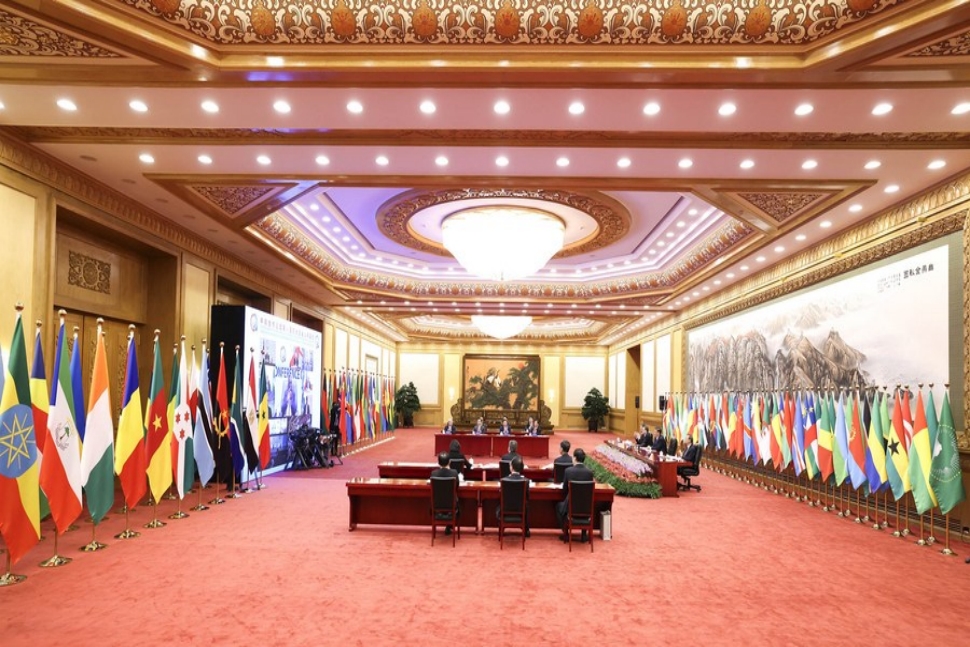
Sino-African ties on track for a brighter future
2022-01-07
-
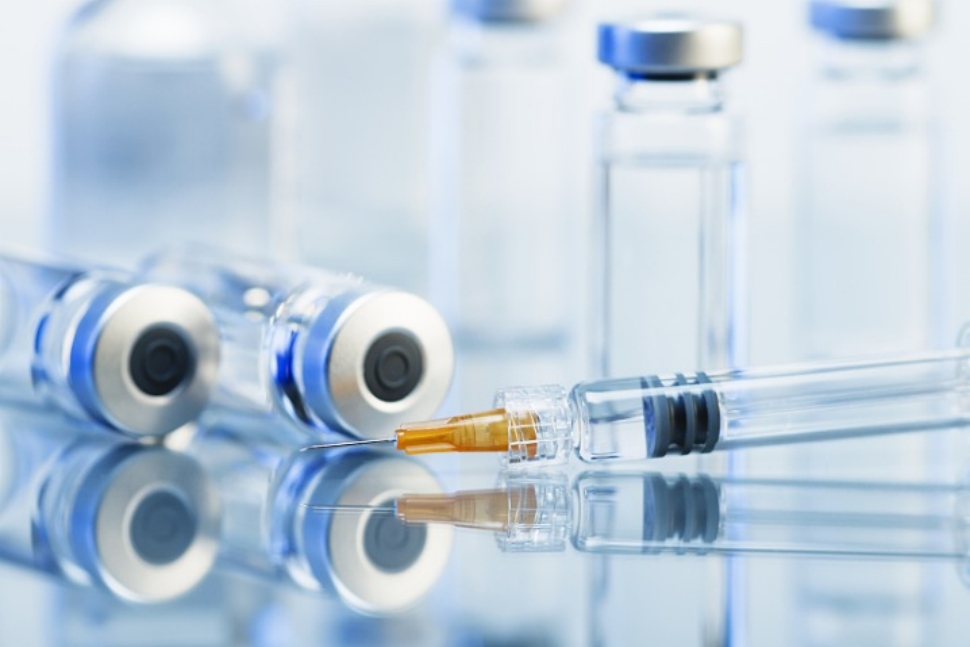
Efforts urged to boost COVID-19 vaccine production capacity in poor countries
2022-01-07
-
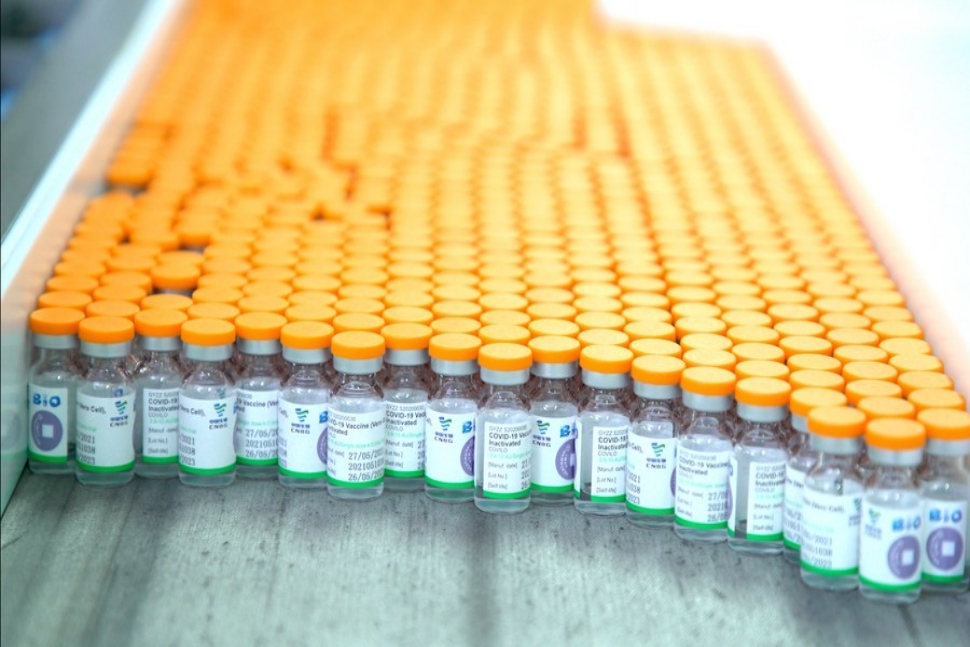
UAE approves Sinopharm's new protein-based COVID-19 vaccine
2022-01-07
-
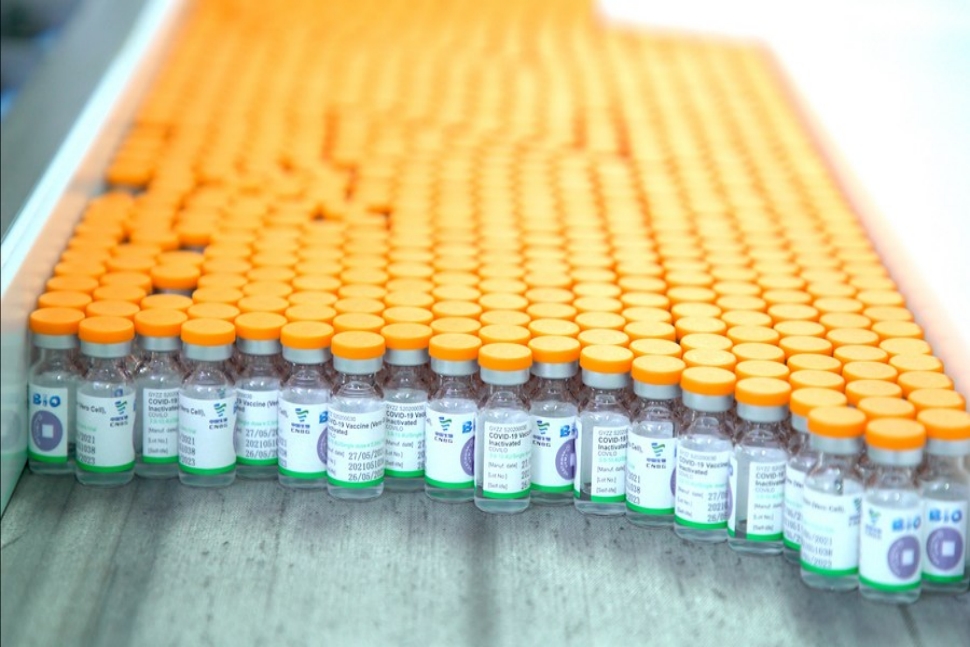
UAE approves Sinopharm's new protein-based COVID-19 vaccine
2022-01-07
Testing gives a genuinely healthy choice
2020-08-05
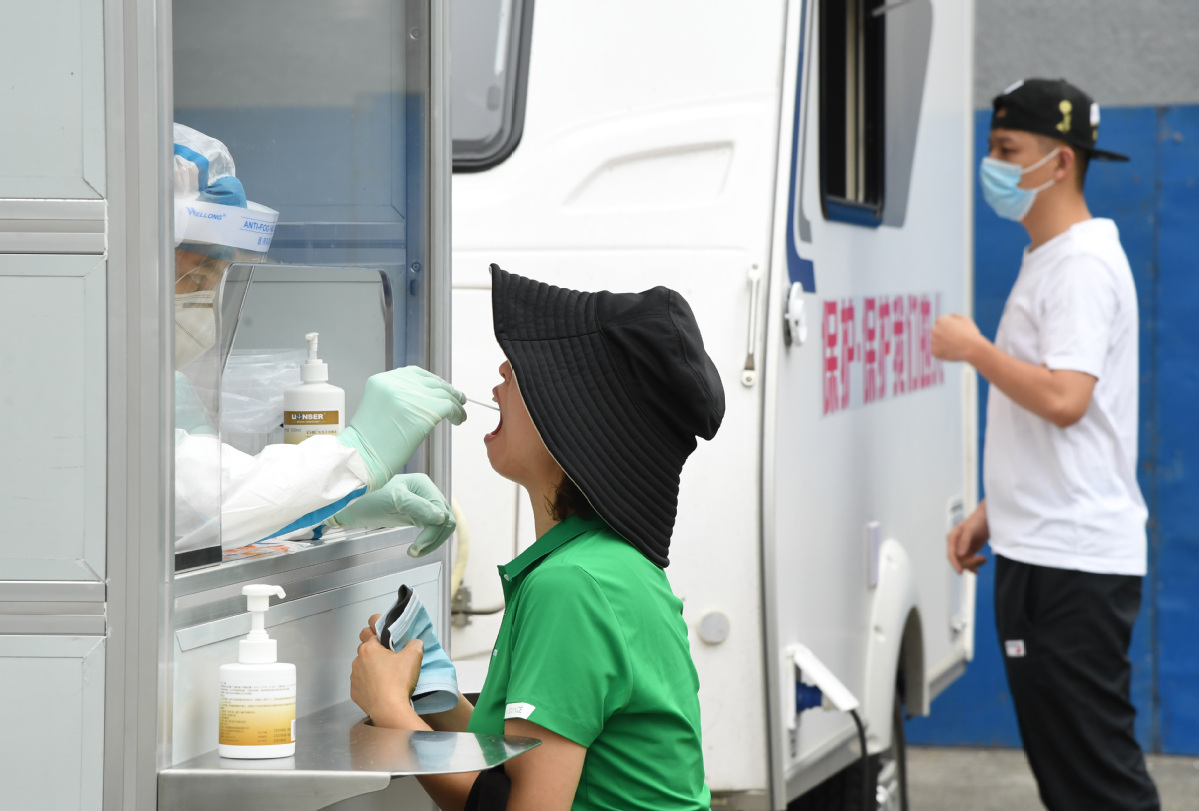
A medical professional takes a throat swab sample for a nucleic acid test at Beijing Anzhen Hospital, affiliated to Capital Medical University, in Chaoyang district in late June. [Photo/Xinhua]
China continues to conduct testing for COVID-19. While the pandemic has been brought largely under control in the country, new cases are still surfacing.
The coronavirus disease has killed more than 600,000 people and sickened 18 million globally. Death toll on the Chinese mainland was 4,634 and confirmed infections 84,428 as of Monday.
China Daily spoke with some who had taken nucleic acid tests in Beijing recently about their experiences. The interviewees of different ages got the test as a requirement for travel or work. Such a test extracts the viral RNA, if present, via a swab sample.
While government-mandated testing is free of cost, individuals taking the test on their own pay from 100 yuan ($15) to 600 yuan plus in the city, depending on the hospital or medical company, the interviews suggest.
Shaun Bliss, a British technology consultant who visited Beijing recently, said he took the test in Haidian district on June 29 prior to his train trip to Hebei province. "At the station, everyone was indeed asked for their proof of test."
Bliss booked an appointment through a testing company and paid 260 yuan. A private hospital had quoted him 608 yuan.
"Two people tested at all times. Four people were doing the paperwork and handing out tubes with barcodes. Each test (throat swab) took about 40 seconds. The waiting time was approximately 30 to 40 minutes," he said of the site, a hotel parking lot.
All interviewees said the result was available within 48 hours, first online and then on paper. A negative result is usually valid for a week.
It was his eighth COVID-19 test. "I have also had three antibody blood tests. The others all during the first month of my return to China from abroad."
He said testing is necessary to mitigate the threat of the virus. "Especially if one surprise symptomatic case is found, like in the Xinfadi market outbreak."
Cluster infections of more than 100 had emerged linked to Beijing's largest wholesale food market in mid-June. Many have been tested since.
Bliss recommended testing a random sample of people in a city each month and overseas travelers weekly for five weeks upon their return.
China announced travel restrictions for foreigners in March, but some flights have come into the country since with mostly overseas Chinese travelers and few foreigners who undergo mandatory, paid quarantine in hotels.
Yan Duan, an office worker in Beijing, took her first COVID-19 test along with her family on June 24 in Daxing district. The area was among locations where municipal authorities organized testing kiosks near residential compounds after the market outbreak.
"The test was for free. You gave your name and ID and were told about a time when the entire compound could line up," she said. "It was a voluntary sign up."
Yan said three kiosks were set up outside 22 buildings there. "Thousands took the batch tests over three or four days."
She did the test again on July 21 at a public hospital ahead of a business trip to Jilin province. She called 114, a city-service number, to schedule her test that cost 120 yuan. The site was packed on the day, but the process was quick, she said.
Medical workers in hazmat suits inside testing booths collect swab samples through counters, a protocol similar to other countries.
Yan would have had to produce her result at the airport. Her trip was canceled last week after dozens of new infections were detected in parts of China.
Yan said testing should be voluntary and that data privacy is equally important. Health authorities should notify residents of an area where an infection is found for effective contact-tracing but the identity of an individual who tests positive should not be disclosed to the public, she said.
"I saw in a group chat (of a phone app) one such person's identity leaked, including information about the family," she said. "Usually officials will not reveal names in public, but they also need to stop any leaks to protect privacy."
Donna Du, the owner of a hair salon in Beijing, did two free tests-outside her apartment in Dongcheng district on June 30 as part of mass testing after the city's "second wave" and near her workplace in Chaoyang district on July 1 following service industry requirements.
By testing, Du said, she and her staff members are making the salon safer for patrons at a time when business is down.
Steven White, an associate professor at Tsinghua University, took a nucleic acid test in a Chaoyang hospital on July 21 before leaving for a bike tour in Guangxi Zhuang autonomous region. He was looking forward to taking a flight, White, an American, said prior to his journey.
He went for the test without an appointment or a referral, fed his information into an app, got labels for vials, made the sound "Aaah" for a throat swab and left after giving a nurse the labels. The process was about 10 minutes long and cost 100 yuan, he said. "There should be as few barriers to testing as possible."
China and some places in Southeast Asia have coped better with COVID-19, owing perhaps to the region's experience of SARS in 2003-04, he said.
More than 100 hospitals and companies have conducted the tests in Beijing in the past two months, according to Hong Liu, project manager for COVID-19 testing at Mygenostics Inc, a Chinese company that works on genetic diagnosis.
After the mid-June infections in the city, the company initially did"10,000 tests a day"-while some people visited the facility, its teams mostly went to sites to collect swab samples with the help of volunteer nurses from hospitals, Hong said.
"We still have hundreds daily." A test costs 178 yuan at the facility.
Swab samples are transported in special containers from testing sites to the company's lab for analysis. At least 90 samples can be tested at one time in one part of a machine. A batch analysis takes three hours or more, a standard practice, he said.
If part of the RNA in a swab sample matches that of the virus, the test is positive.
(China Daily)



 My Member
My Member Message Center
Message Center











